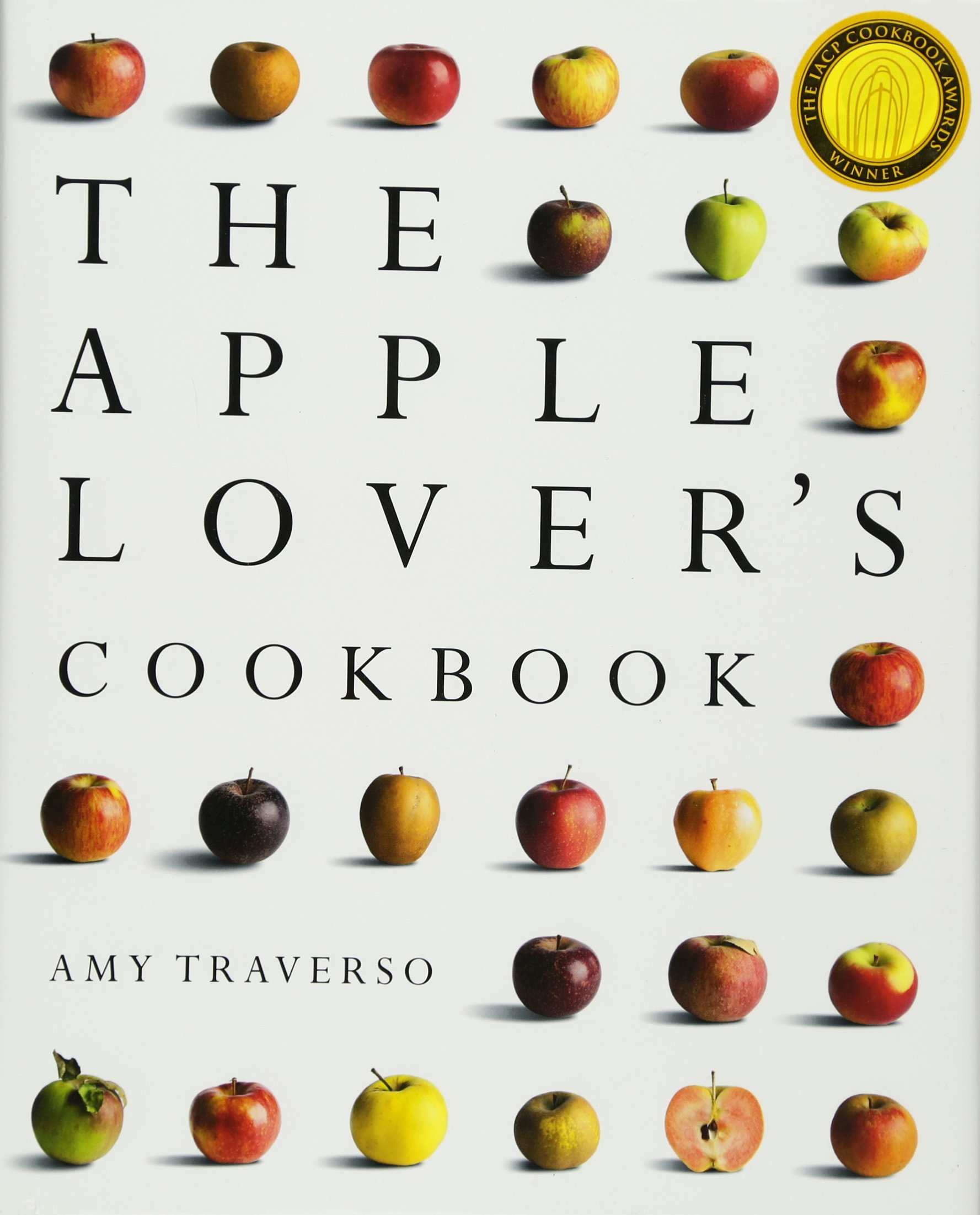Amy Traverso
Books: History | Botany | Cookbook
The Apple Lover's Cookbook (2011)
 I'd just picked up a bunch of apples from the Farmers Market when I noticed this kindle book on sale.
I'd just picked up a bunch of apples from the Farmers Market when I noticed this kindle book on sale.
Generally, I prefer my cookbooks to be hardcover, but I did have a lot of apples, so I bought it.
I've mentioned before that I tend to read non-fiction before bed, so I decided to peruse the recipes to see if anything looked good.
First, this is far more than a cookbook. It is a history of apples, a look at the different varieties, and apple variety development and apple orchards in the US.
I loved it.
(Johnny Appleseed) was a vegetarian proto-Transcendentalist and Swedenborgian missionary, who, in the tradition of his church, believed that nature was a manifestation of God himself. Therefore, time spent communing with nature was in essence a form of worship.
(T)he United States Department of Agriculture produced a catalog in 1905 of all the known apple varieties grown domestically during the previous century. Their total: 14,000. It's an incredible number, especially when you remember that there were no domesticated apples being grown on our soil in 1607, when the Jamestown settlers arrived.
And then this lovely bit that utterly fascinated me and made me want to learn more about apples:
any seed I might plant from the Granny Smith will produce a seedling quite distinct from the parent tree. Actually, that seedling will be even more distinct than a human child because apple genetics are mind-bogglingly complex— so much so that, according to the science writer Sue Hubbell in her book Shrinking the Cat: Genetic Engineering Before We Knew About Genes, early botanists who studied apple reproduction "suggested that they did not obey the rules of Mendelian genetics."
And then there is the apple descriptions, including the division of apples into four categories, which will help you determine what apple to choose for your recipe: Firm-Tart, Firm-Sweet, Tender-Tart, Tender-Sweet. Firm-Tart would be the apples you want for pies, where the apple slices will hold their shape, and the tartness will cut through the butter and sugar.
This is an amazingly useful list to have.
And each recipe references one of these four types, so you can pick out the best variety available to you for what you want to make. And yes I did copy all that into my virtual notebook for access when at the Farmers Market.
Additionally, you get the average weights and sizes for large, medium, and small apples. So you can more easily figure out how many apples you need for a recipe. This is ALSO incredible helpful, since even within a variety, apples from the Farmers Market come in a variety of sizes.
I haven't tried any of the recipes yet, but they all look very good, and so I'm very hopeful that not only will I be able to use all the apples in my fridge, I'll even be able to buy more of different varieties!
Published by W. W. Norton & Company
Rating: 9/10
